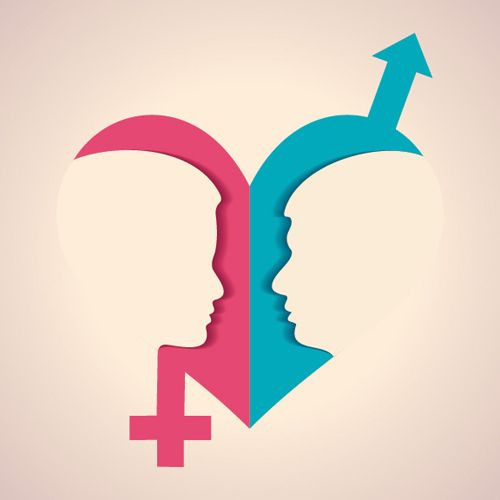Men And Women Feel Pain Differently: Understanding Why Could Lead To Gender-Based Pain Treatment

Between men and women, not all pain is equal. Scientists have known this for quite some time now; women are far more sensitive to pain than men. They also suffer more from painful conditions, including migraines, arthritis, and fibromyalgia, and their brains even process pain in different regions than men’s. Why then, do women and men get the same treatment for their pain? Hoping to change this, a group of researchers recently investigated how male and female mice respond to pain, and found that it activated different types of immune cells.
After injuring both male and female mice’s feet, the researchers tested pain sensitivity in both after administering a drug that targeted immune cells known as microglia. These cells reside in the brain and spinal cord, acting as a first line of defense in the central nervous system (CNS). Considering pain instantly triggers an immune response in the CNS — one that persists in people with chronic pain — it would make sense that the drug, which was meant to suppress the microglia, would reduce pain. However, this only happened in the male mice. The researchers found that the females still experienced touch sensitivity, a common symptom of chronic pain.
Among the female mice, the researchers found a different type of immune cell was likely responsible for responding to pain: T cells, a second line of defense typically responsible for seeking out pathogens and killing them. For this reason, the microglia-suppressing drug didn’t work.
Understanding the different biological pathways for pain between males and females is crucial to developing gender-based pain treatments. Despite a higher propensity for pain, women tend to get the cold shoulder when seeing a doctor for it, oftentimes having difficulty convincing them of the severity of their pain. Consequently, they end up without the medical attention they need. The study’s researchers admitted this, too.
“If you’re doing drug development and you want to understand the biology of pain to develop new analgesics, it looks like there are two biologies to be found, not one,” Dr. Jeffrey Mogil, co-author of the study and director of the Alan Edwards Centre for Research on Pain at McGill University, told CBS News. “We’ve been working on one of them and that actually turns out to be the less clinically relevant one, given that the majority of chronic pain patients are actually women.”
Due to a lack of inclusion of female mice in research settings — at least until recently — it’s been unclear why women face higher rates of pain. However, it likely relates to several biological and environmental factors. Fluctuating hormonal levels throughout the menstrual cycle are one example, as lower estrogen levels increase susceptibility to migraines. Levels of endorphins, the body’s natural painkillers, are also low during this time.
With more research, scientists will not only gain a better understanding of how pain differs between the sexes but other conditions as well. And with each condition, they’ll move closer to personalized medicine, tailored for the specific biologies of men and women. “This type of sex difference we might see in other domains,” Mogil said. “I think this might be the tip of the bigger iceberg.”
Source: Sorge R, Mapplebeck J, Rosen S, et al. Different immune cells mediate mechanical pain hypersensitivity in male and female mice. Nature Neuroscience. 2015.



























